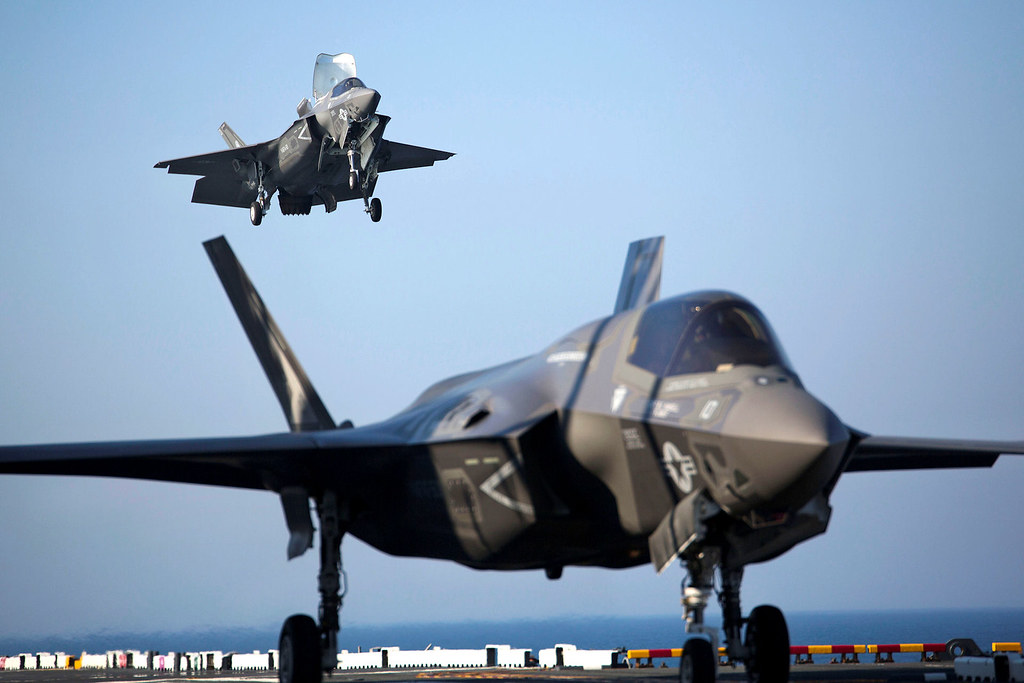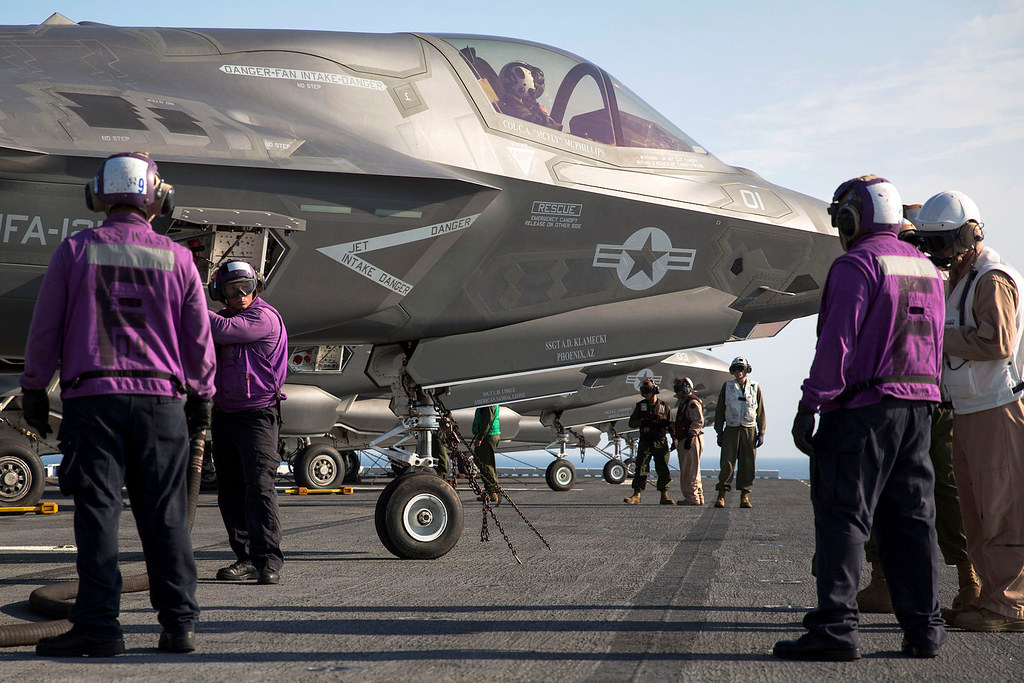TerraN_EmpirE
Tyrant King
Negligible drawbacks
There are a few minor drawbacks to adopting the M4, but infantrymen seem to agree those are insignificant compared to the advantages.
Both Innis and West said trading in the M16's 20-inch barrel for the M4's 14.5-inch barrel does sacrifice some muzzle velocity, which translates into a slightly shorter effective range — although Colt markets both with an effective range of about 650 yards. But that isn't a significant concern given the closer ranges at which Marines and soldiers commonly engage enemy in modern warfare.

Members of the 26th Marine Expeditionary Unit's maritime raid force fire M4 carbines during marksmanship training in Qatar. The M4 has a slightly shorter range than the M16 rifle. (Photo: Sgt. Chris Stone/Marine Corps)
To strike the enemy beyond the range of the M4 or even the M16, each Marine fire team already has an M27 Infantry Automatic Rifle, which in semi-auto with its free-floating barrel and precision trigger also now doubles as the designated marksman's rifle. It's a role that will no longer be filled by the Squad Advanced Marksman Rifle, a match-grade M16 with a scope.
When the M27 can't get the job done, combined arms doctrine means indirect fire and air assets are just a radio call away, West said.
"As far as accuracy, there is not an effect," he added, saying a longer rifle only really matters when using iron sights.
Greater distance between a weapon's front and rear sights, known as sight radius, makes a weapon easier to aim. But that doesn't apply with the Rifle Combat Optic that the Marine Corps began using in 2005. The RCO is a type of reflex sight with which a Marine only needs to ensure the reticle is on target without regard for sight alignment.
When asked if the Marine Corps is making the right move, preeminent firearms expert Larry Vickers gave a resounding yes.
"I'm the first one to subscribe to this," Vickers said of the M4's increasing popularity as the preferred option for modern combat.
The M4's profile got a boost when the Army, which adopted the M4 in 1994 for special operations, began issuing it more broadly to deploying infantry.
Vickers, a retired master sergeant who served 15 years in the Army's 1st Special Forces Operational Detachment – Delta, commonly known as Delta Force, dismissed arguments against the carbine based on its shorter effective range, saying nearly all real-world infantry engagements happen inside 200 yards.
"Some argue beyond that the M4 carbine lacks effectiveness versus the M16, but the M16 is like driving a sports car with a six-cylinder engine," he said, because it is limited by the same small 5.56mm cartridge as the M4. "You can shoot 400 to 500 yards away, but you are still shooting a 5.56."
A longer barrel would make sense with a heavier hitting round like the .308, but unless Marines are given a larger caliber Vickers said the M4 is "bringing so much more to the table."
"It is the world's gold standard," he said.
The Marines have primarrily been using M4 in place of pistols and as a PDW for Officers, Non Coms and Specialists the M4 They issue differs form the US Army versions in it uses a lighter Buffer weight, thinner barrel and burst trigger.
A few years back the Marine Commandant Said that the USMC was staying with the M16A4 even as the US Army tossed them for M4 Carbines now it seems the Marines are following suit. This would make some logistics sense but... The Army moved to M4A1 with there own choice of buffer weight, Barrel and Trigger pack for semi full auto and is now looking to build M4A1+ which is a total rebuild. The Marines would likely use there stock M4 with burst trigger.
M4 Was originally designed as a short barreled M16A2, the barrel was cut down to a 14,5 inches a set of feed ramps were added to the lower and the stock was changed to a telescopic model. Then for cost savings When Socom asked for it the M4 was flat topped with Regular troops who got it using the carry handle well Socom used Scopes, until optics became the primary mode of aiming for US Troops then the Marines and the Army desiged the M16A4 which was little more then putting the Flat top upper on the M16A2 now it seems the A4 will be the shortest lived of the family.
There was said to be work on a M16A5 for the Marines which would have included a New Rail system, Telescopic stock and other small changes but now that is DOA.






